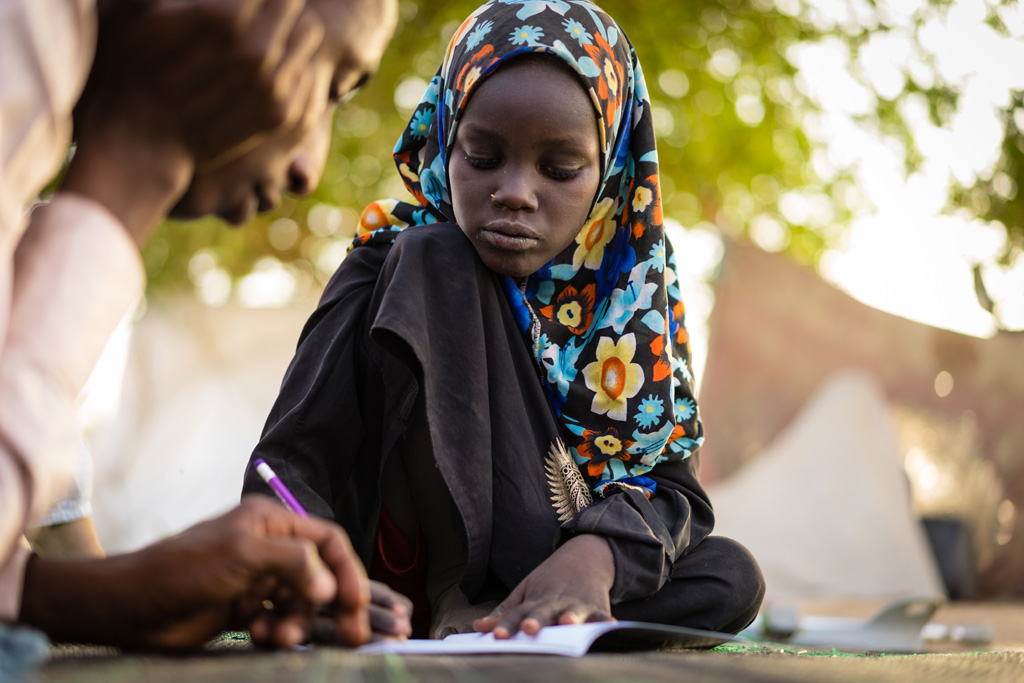
What does it mean to live in poverty? This question has often been answered by lack of income, but the traditional narrow focus on income as the only measure of a person’s wellbeing, or lack of it, is being increasingly challenged. Recent high-profile initiatives, such as the Stiglitz-Sen- Fitoussi Commission, have called for broader measures that take account of other vitally important aspects of life.
These initiatives are not alone in this thinking. The human development approach has long argued that although income is important, it has limitations that call for more direct measures. The 1997 United Nations Development Programme’s flagship Human Development Report (HDR) introduced the Human Poverty Index (HPI), which measured multiple deprivations in key dimensions of human development, including illiteracy and lack of access to clean water. UNDP researchers concluded that the HPI had limited utility because it combined average deprivation levels for each dimension and thus could not be linked to any specific group of people.
In its 20th anniversary year, the UNDP HDR decided to introduce a new international measure of poverty – the Multidimensional Poverty Index (MPI) – which directly measures the combination of deprivations that each household experiences. The MPI uses microeconomic data to reflect the percentage of households that experience overlapping deprivations in three dimensions —education, health and living conditions.
The new MPI was developed and applied by OPHI with UNDP support and it supplants the HPI. Sabina Alkire and Maria Emma Santos designed the MPI using a technique for multidimensional measurement known as the Alkire Foster method, created by Sabina Alkire and James Foster. In 2010, OPHI analyzed poverty across 78% of the world’s people in 104 developing countries using the MPI and released the results in advance of the 2010 HDR. Forty-six researchers in 13 countries in both the developed and developing world worked on the project. The Winter 2014/2015 MPI took this total to 110 countries. From their inception, the UNDP HDRs have pioneered new ways to analyze human development and poverty, intended to have a direct impact on development strategy and methodology. By featuring this independently conceived new approach to poverty measurement in their reports, UNDP HDR hopes to encourage its use in the field by governments, development agencies, and other institutions dedicated to the eradication of poverty.
Read more about using the Multidimensional Poverty Index to reach the SDGs.
Source: International Federation for Family Development (IFFD)
 Welcome to the United Nations
Welcome to the United Nations